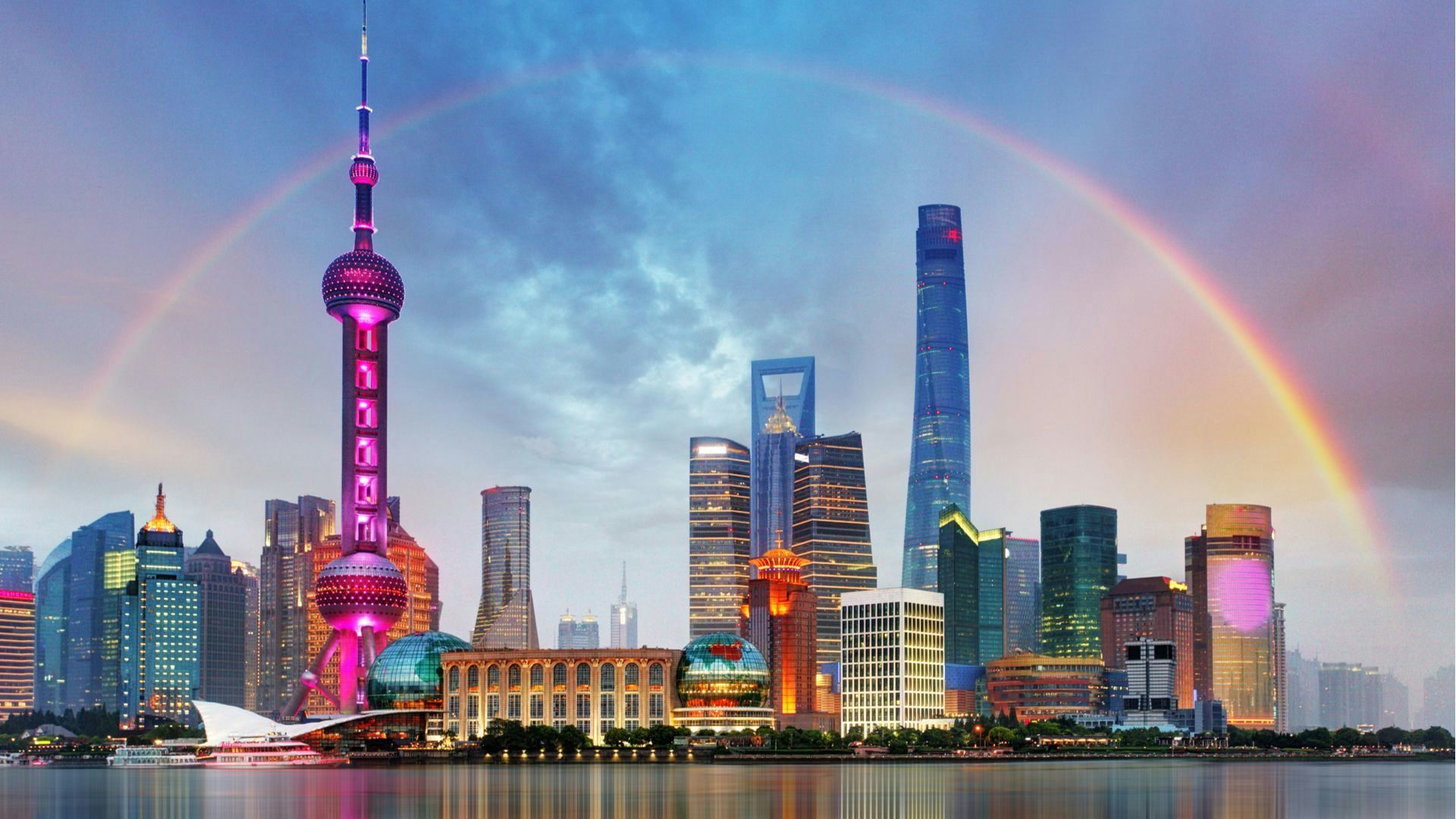China is experiencing a period of rapid economic growth powered by a combination of circumstances that includes the government’s anti-poverty campaign fupin kaifa (扶贫开发), a modernized economy, advancing technologies, a country-wide expansion of higher education, and large investments into research and development. But the spoils from this growth haven’t been distributed equally, and wealth disparity in China is growing.
Modern China replaced Mao’s stringent communism with a series of economic reforms that lead to mass industrialization and urbanization. Then, thanks to Deng Xiaoping’s policies during the 1980s, college admission tests were revised, and China adopted a new model that created a class of highly educated top earners. But in rural areas with concentrated poverty, access to better education was restricted, so it was mostly urban residents who gained access to new educational opportunities.
The revision of the education system created a well-educated, urban elite who worked its way up on the social ladder, but also left behind millions who wouldn’t reap the benefits of widespread industrialization. And today, China has become “one of the world’s most unequal countries,” according to an IMF working paper. Even with the government’s people-centered development programs, 43 million citizens “still live on the equivalent of less than 95 cents a day, the poverty line set by the Chinese government.”
As reported by China Daily, “China has lifted 700 million people out of poverty through more than 30 years of reform and opening-up,” indicating that millions have entered the middle-class, creating “the world’s largest middle-income class,” according to Chinese Premier Li Keqiang. But after decades of communist rule, low-income earners are growing frustrated with the government’s failure to share prosperity and opportunity. By implementing economic security programs, the government could avoid social resentment and address the needs of the country’s poorest more effectively. Nonetheless, the rich get richer in China, and the Asian Review estimates that “disposable income of China’s upper class — grew 9.1 percent in 2017, or 0.8 percentage points more than in 2016.”
China now has more billionaires than the United States (China 819 to U.S. 571), yet millions still live on less than the international standard of two a day. Because of the widening of income inequality, consumption and living standards for lower-income households will stagnate, and this again will stall President Xi Jinping’s plans of shifting China from an investment-driven model to a consumption- and service-driven model. Meanwhile, the rich accumulate wealth and have additional money to spend on luxury products. In other words, the rise of the aspirational class has contributed to conspicuous consumption practices. This process isn’t exclusive to today’s China, though. In 1899, American Economist Thorstein Veblen published The Theory of the Leisure Class. He found that objects like silver spoons and activities like hunting quickly became indicators of high-status. According to Veblen, conspicuous consumption and conspicuous leisure are symbols of the superior social class, and therefore, become necessary for access to that class.
So for China’s elite, the underlying message is: if you’ve got it, flaunt it. The flaunt your wealth challenge that appeared on Weibo and featured influencers and wealthy Chinese consumers lying face down and surrounded by luxury items, shows how those moving up the social ladder (new money) engage in attention-seeking (and class-defining) behavior. Such behavior would have been social and political suicide during Mao’s time, so flaunting luxury brands in China does satisfy a repressed psychological need. Furthermore, in the recent past, these heritage brands were not even available in China, so the inaccessibility of luxury brands makes them more appealing to today’s Chinese consumers.
As China embraces consumerism and consumption shifts beyond minimal needs, buying heritage brands has become a way of confirming one’s status. But not only the wealthy and powerful are preoccupied with luxury and status seeking. Now that the middle and lower-middle classes enjoy higher disposable incomes, they are trying to emulate the lifestyles of the rich and famous.
A working paper by the Federal Board of Reserve demonstrates the link between lower household income and the purchase of trophy goods like “high-status cars” and designer accessories. And according to the Federal Board of Reserve, the have-nots endure additional peer pressure and try to hide their lower social position by purchasing luxury goods that leave an impression of wealth and success. This interest in luxury is the paradox of the lower classes, as limited financial resources don’t seem to curb the appetite for heritage brands, something that isn’t unique to China.
In a study by Lukasz Walasek and Gordon D.A. Brown titled Income Inequality and Status Seeking: Searching for Positional Goods in Unequal U.S. States, the researchers use Google search trends to reveal that individuals living in states with a greater wealth gap are more attentive to luxury brands. According to the study “of the 40 search terms used more frequently in states with greater income inequality, more than 70 percent were classified as referring to status goods (e.g. designer brands, expensive jewelry, and luxury clothing). In contrast, none of the 40 search terms used more frequently in states with less income inequality were classified as referring to status goods.” This doesn’t prove that the individuals who looked up those terms are necessarily buying those brands, but it highlights how the interest in luxury is far from exclusive to high-end consumers. Basically, social stratification doesn’t have a negative impact on the consumption of luxury goods.
According to the annual income statement for LVMH Moët Hennessy Louis Vuitton, Asia remains the biggest market for the luxury conglomerate for 2018. LVMH has 1289 stores in Asia (excluding Japan) where it hit €13,723 million (EURO) revenues. 41 percent of those revenues came from fashion and leather goods. This strong performance by Louis Vuitton in the Asian market shows that emerging markets have the potential to become Holy Grails for heritage brands.
And at a time when traditional markets (Europe) are showing cautionary signs, China’s appetite for luxury isn’t slowing down. According to Bain & Company’s Fall-Winter Luxury Goods Worldwide Market Study, “in mainland China, luxury sales grew 20 percent to €23 billion, driven by rising demand. Between 2015 and 2018, Chinese consumers’ local spending contributed twice as much growth in absolute value as their spending abroad.” In this context, the luxury sector appears to be temporarily safe from China’s income inequality, but that doesn’t mean that heritage brands won’t feel some potentially harmful effects if China’s lower classes continue to get larger and poorer.

